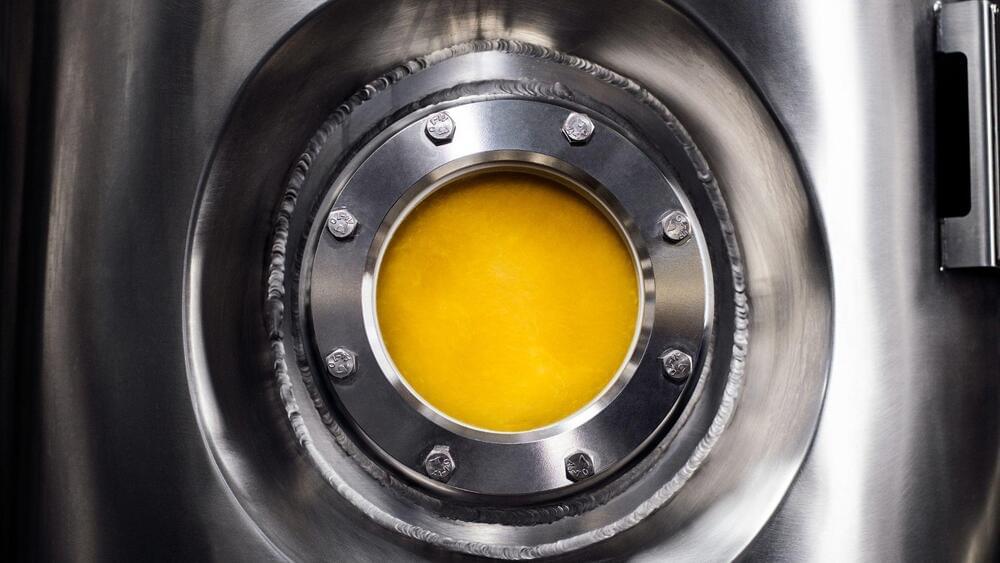A new method can illuminate the identities and activities of cells throughout an organ or a tumor at unprecedented resolution, according to a study co-led by researchers at Weill Cornell Medicine, NewYork-Presbyterian and the New York Genome Center.
The method, described Jan. 2 in a paper in Nature Biotechnology, records gene activity patterns and the presence of key proteins in cells across tissue samples, while retaining information about the cells’ precise locations. This enables the creation of complex, data-rich “maps” of organs, including diseased organs and tumors, which could be widely useful in basic and clinical research.
“This technology is exciting because it allows us to map the spatial organization of tissues, including cell types, cell activities and cell-to-cell interactions, as never before,” said study co-senior author Dr. Dan Landau, an associate professor of medicine in the Division of Hematology and Medical Oncology and a member of the Sandra and Edward Meyer Cancer Center at Weill Cornell Medicine and a core faculty member at the New York Genome Center.




